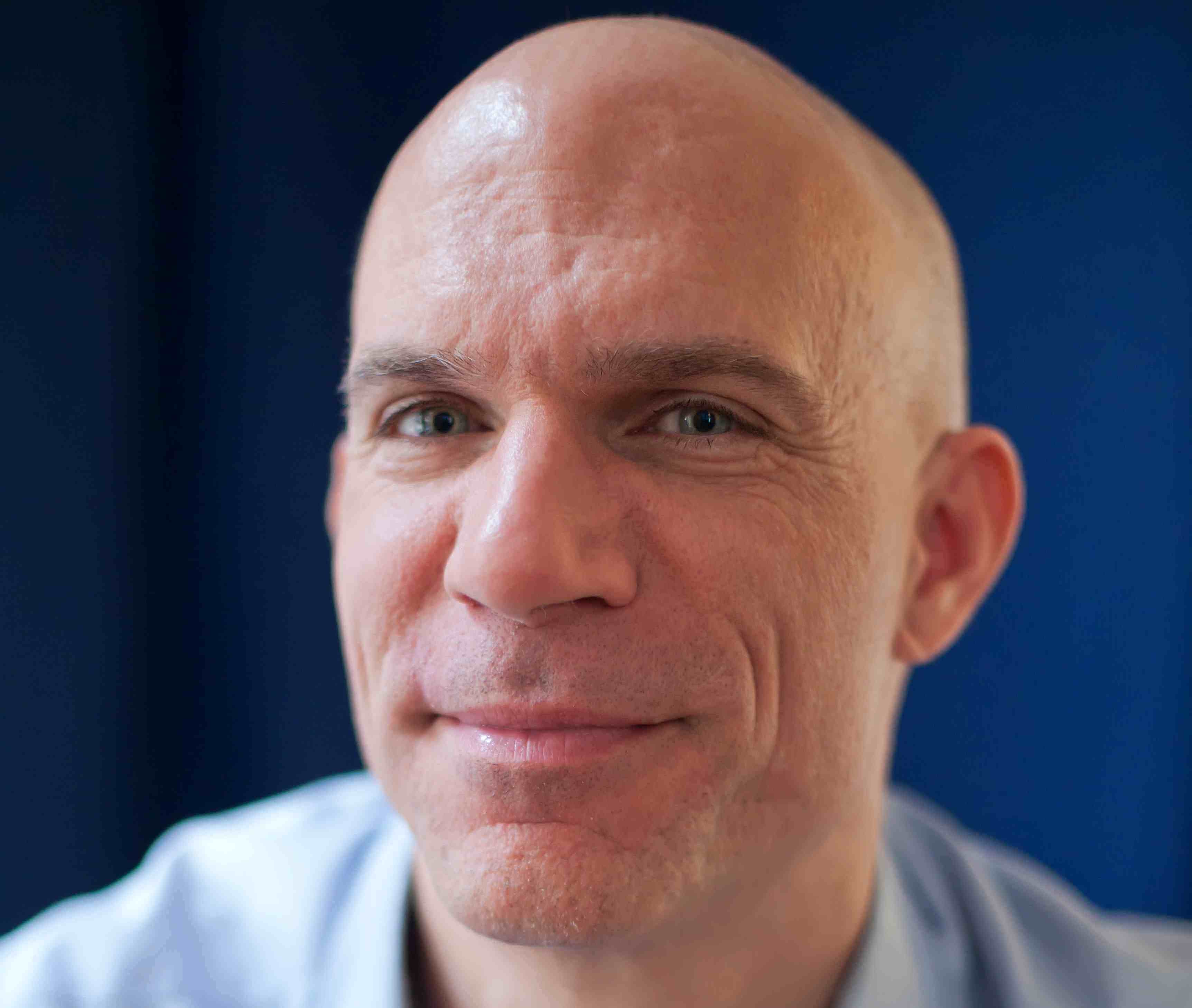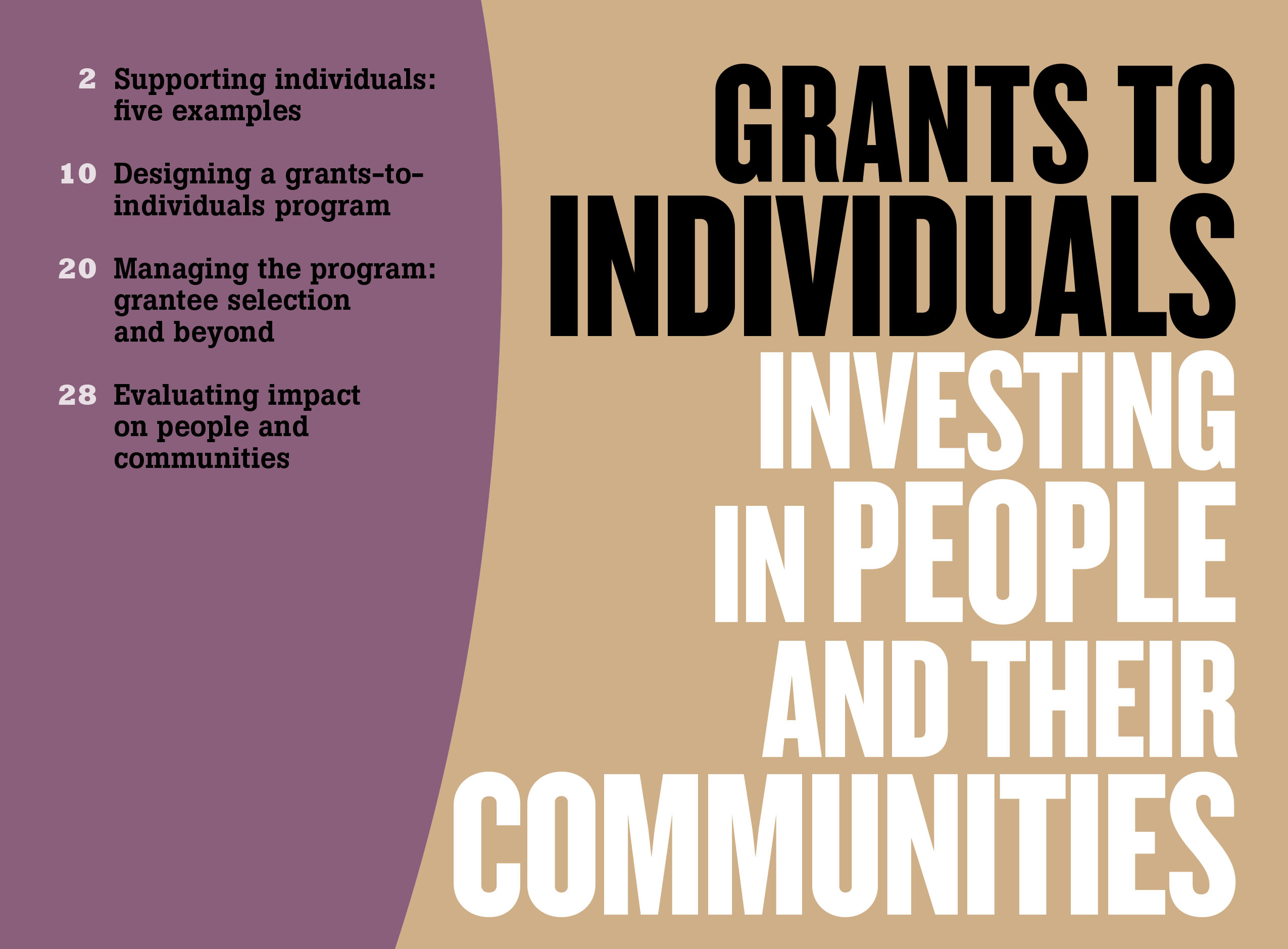Keeping Researchers on Track Howard Hughes Medical Institute
The Howard Hughes Medical Institute (HHMI) — founded in 1953 to support biomedical research and science education The Institute’s research training programs for medical students are intended to encourage MDs to become physician-scientists.
In the past, HHMI gave partial scholarships to medical school students, reasoning that medical school debt might be driving them into private practice rather than into choosing lower-paying bench research as a career track. “But when we looked more closely,” Franko explained, “we found that wasn’t the case. The physician-scientists in our programs generally wanted to be physician-scientists from the beginning of their careers. Having debt or not having debt didn’t make any difference in their choice.” Further study indicated that physician-scientists are most vulnerable to giving up on the research track early on. Two obstacles can get in the way. First, medical schools often push junior faculty toward the clinic, where they make more money for the school. This leaves them little time in the laboratory. Second, funding is scarce for research by physician-scientists who are just starting out.
In 2005-06, HHMI stopped funding medical school scholarships and launched the Physician-Scientist Early Career Award. The grants must be spent on research costs, not the grantee’s own salary, and grantees must spend 70 percent of their time in the research lab. To design the program, HHMI went to established physician-scientists and asked them what they needed to succeed.
Franko said, "But in hindsight, because of budget constraints, we probably started too small. Initially, we funded grantees for three years. We gave them more money the first year, and decreased it over the term of the award. We should have asked what kind of support would help grantees become established, independent investigators.” Recently, HHMI concluded that what early-career grantees really need is the opportunity to develop their research until it is competitive for what Franko calls the “gold standard” of research funding: large, long-term grants from the National Institutes of Health or other major funders. Three years of modest funding might not be enough to get them to that point. Moreover, a small amount of money did not give medical schools an incentive to allow faculty to stay in the lab 70 percent of the time. “We were hamstringing them by thinking small,” Franko recalled.
In 2007, HHMI extended the grant period to five years and increased the level of funding substantially. The Institute was cautious in setting the new amounts: they didn’t want to give grantees so much money that they wouldn’t have an incentive to apply for major funding, “but we also wanted to give them enough to bump them over” the threshold of early success.


